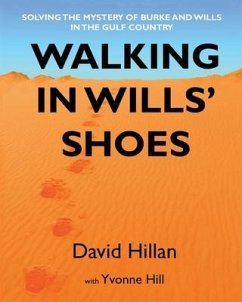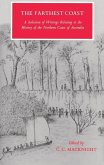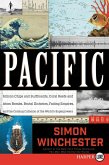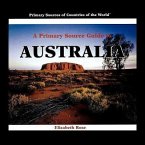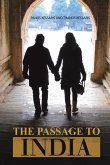There was only one survivor of the ill-fated Burke and Wills Expedition from Melbourne to the north coast of Australia which began in 1860. The expedition is usually described as a dismal failure...but was it? This is the story of a phenomenal surveyor, William Wills. It is told by a modern day surveyor who walked in Wills' footsteps and visited places never before seen by other researchers. He discovered a surprising truth. Follow the adventures of two investigative explorers as they unravel a mystery using Wills' original notes. David Hillan and his photographer wife, Yvonne Hill, discover the truth about Burke and Wills' journey towards the coast. Was Camp 119 really their furthest camp north?

